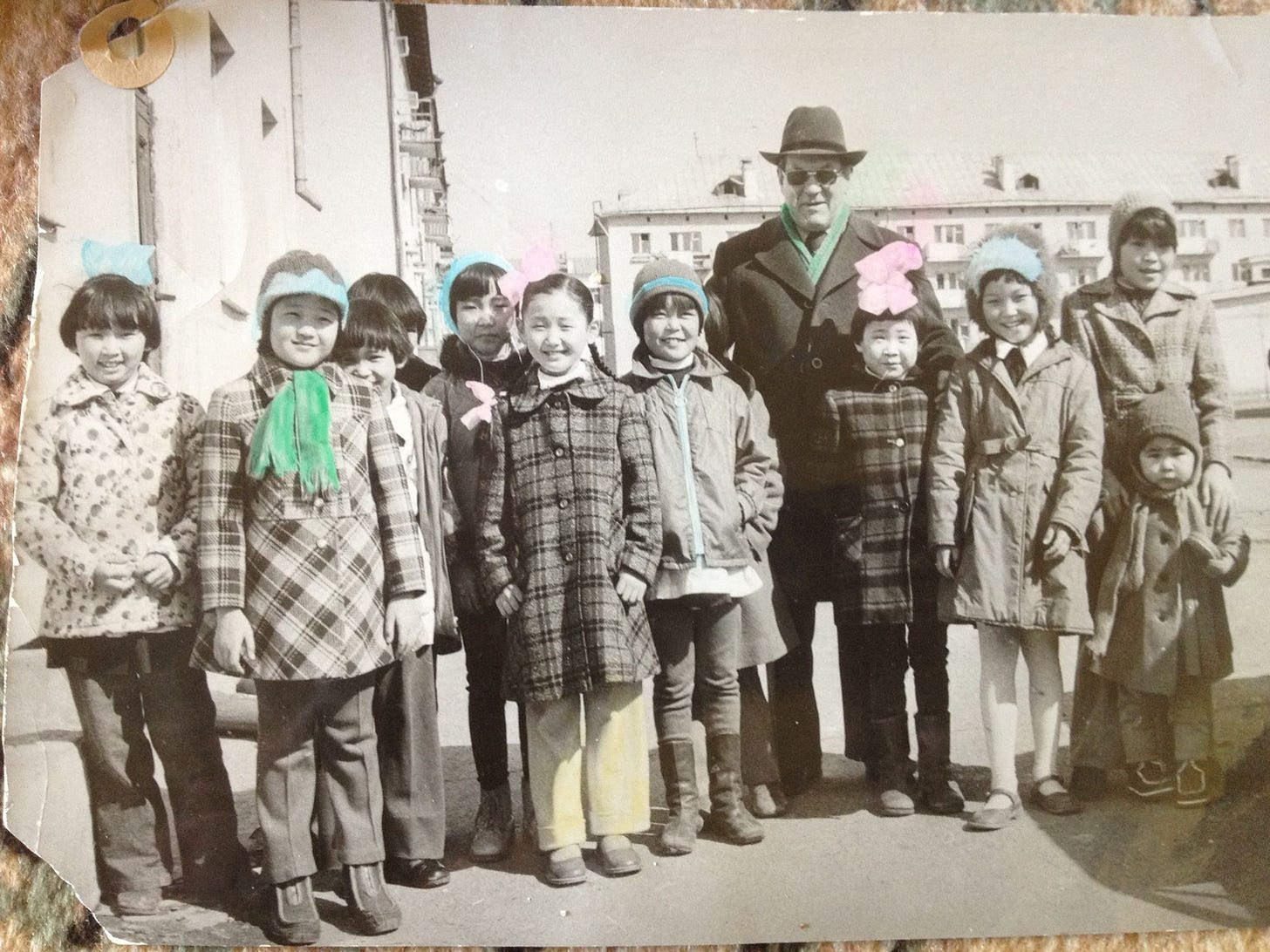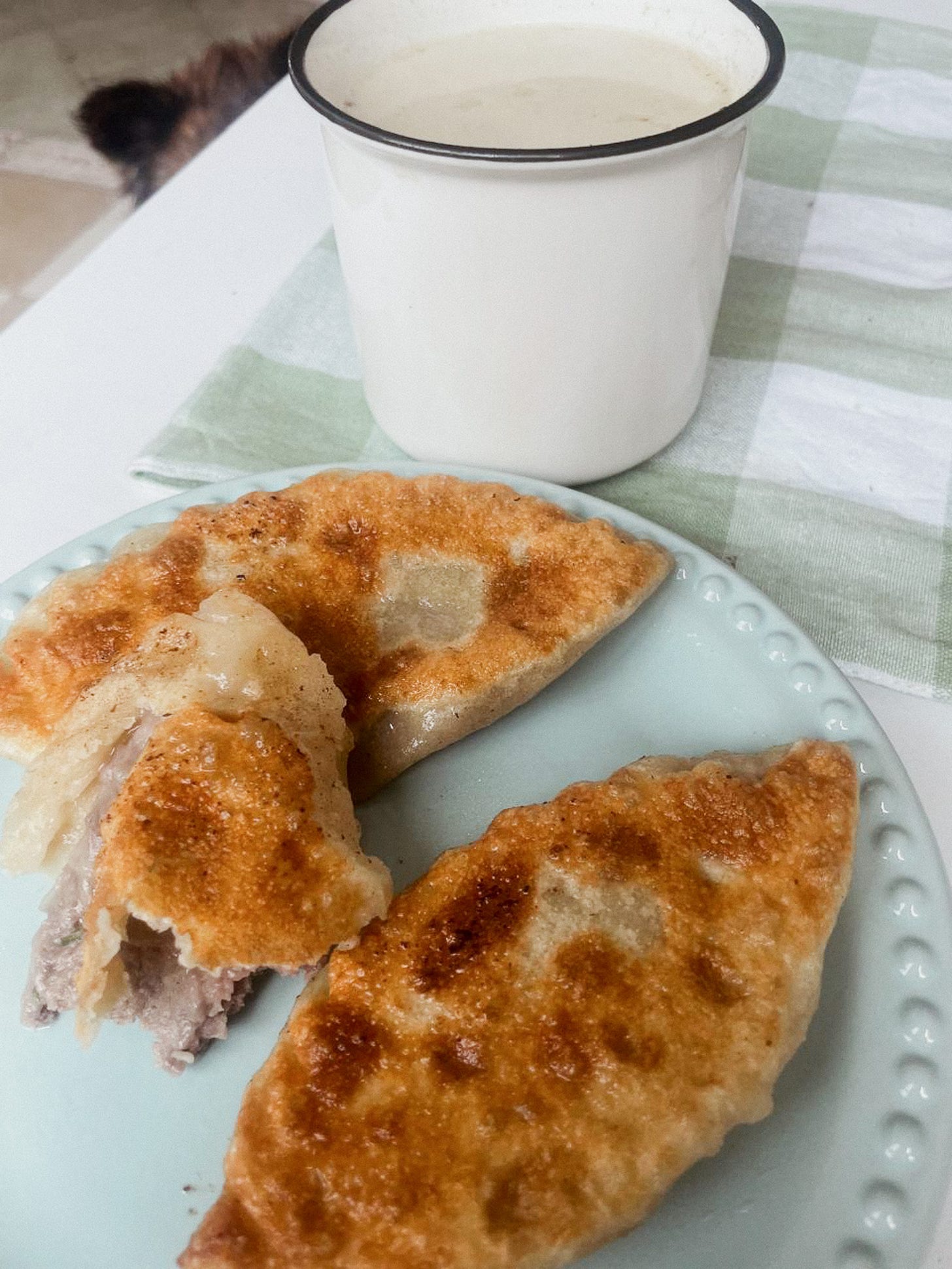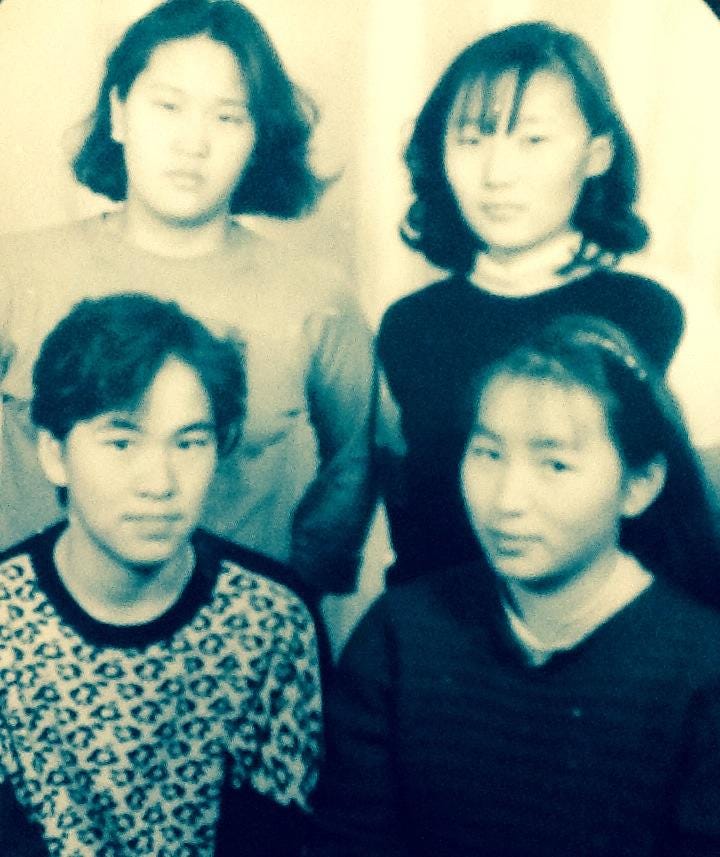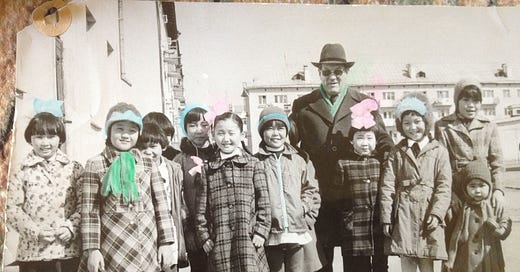“Maybe we can make piroshki,” my mother once said to me with childish glee. I can’t remember whether we actually had some or not, but it’s always been the glee with which she uttered those words that has stuck with me all these years. It’s the glee that reminds me that my mother spoke Russian when she was a kid and that her upbringing in Communist Mongolia in the 70s and 80s renders her a whole world that I never lived but can only perceive with her mannerisms, and yes, also cravings.

And in an attempt to understand her upbringing (and maybe even understand my own by extension), I made a trip to Mongolia in the 2010s during which I got to explore the old and new UB. To the dismay of my nouveau riche family who, to their credit, did very well for themselves in the 90s, I used to spend more time exploring the older, smellier parts of the city than taking up invitations for fancy shopping sprees.
It was during a lot of those humble strolls that I would bump into old mom and pop shops that sold “Russian” snacks such as, but not limited to, potato piroshki. Despite having fancier options, I always felt more comfortable eating at those places because I wanted to experience the city from below, not above. (Don’t ask me where and why I have this conviction, but I refuse to believe that it’s because I have a poor spirit, but I digress).
So then, what are piroshki? Firstly, the word is in plural and refer to what are basically meat buns that are very popular in Eastern Europe and, for those of you who know your history, even some areas of Afghanistan and Iran. A single pirozhok can be filled with everything and anything your heart desires such as potatoes, meat, mushrooms, or sweets such as apple or cherry jam. It was, my mother tells, a typical snack during her childhood.

I like piroshki because it reminds of its Mongolian cousin, khuushuur, and what I like about food like that is its total lack of pretentiousness. It shows up exactly as it is. It fits in your hand and it nourishes you with the basic ingredients that civilization was build on: flour, meat, potatoes, whatever. Did finally having some piroshki in the streets of UB help me bridge our culture gap? No, it did not. Neither did it bring piroshki to our dinner table, but I did feel closer to the little girl for just a moment.
My mother and I have always stood at opposite ends of everything right down to our palates, but I think the only time we meet in the middle is when we share the simple dishes of her youth that to me are not memories of a poor, un-American, non-Western life, but rather memories of my mother before she was a mother, before she traveled to Mexico, before she became the mother of two more American children. That girl, that woman, is a mystery to me, but I catch of a glimpse of her sometimes.

Here I share with you guys one of my favorite chefs on YouTube. Helen Rennie has a very precise and organized way of explaining her recipes, which I like, and she gives book recommendations and history lessons while she is at it, so I enjoy that too.
Some other media about Eastern European cuisine that I enjoyed
Mamushka: Recipes from Ukraine and Beyond by Olia Hercules: This is a book recommended by Helen Rennie which I now also own. The book is a recipe book that is deeply personal and beautifully illustrated with photographs of simple, village life in Ukraine which made up a part of the author’s upbringing. Perhaps what I like most about this book is that it gives Eastern European cuisine the respect it deserves.
According to Olia Hercules’s own website, the book features everything “from the Moldovan giant cheese twist and Ukrainian buns with potatoes & shallots to Garlicky Georgian poussins with spicy plum chutney and Armenian pickled wet garlic; to Napoleon cake, Wasp nest buns and Apricot & sour cherry pie”. I can’t wait to expand my knowledge of Eastern European cuisine. Borscht, pirogi, and piroshki can’t be all.
Alissa Timoshkina’s Borsch by Recipes from diaspo(ra: This article talks about Alissa and her experience growing up in Soviet Russia and introduce the reader to the gastronomic elements that make her childhood memories so vivid during the backdrop of a radical shift to a free-market economy which impacted all these. Below is one of many favorite passages:





I would love to try these!